 |
| Partial solar eclipse darkens the skies over part of the planet (bing.com) |
 |
| What will be the path of the partial eclipse? |
- MAP: Global path of partial solar eclipse on March 29, 2025, created and annotated in Canva by Jamie Carter using MapHub.net (Source: Esri, Maxar, GeoEye, Earthstar Geographics, CNES/Airbus DS, USDA, USGS, AeroGRID, IGN, and the GIS User Community. Eclipse path by Xavier Jubie)
The partial solar eclipse on March 29, 2025, will be seen from North America, Europe, Russia, and parts of Africa.
Although it won't be as spectacular as North America's April 2024 total solar eclipse, the first solar eclipse since the "ring of fire" eclipse in Oct. 2024 is set to bring stunning views to some lucky eclipse chasers.
Just two weeks after a stunning total lunar eclipse on March 13-14, 2025, skywatchers across the western Northern Hemisphere will see at least a partial solar eclipse on March 29, 2025.
For some observers, an eclipsed sun will appear on the eastern horizon at sunrise — if skies are clear — as the moon [or Rahu] blocks up to 93% of the sun. Maps show where the partial solar eclipse will be visible.
Remember, Mom was right. It's unsafe to look directly at the sun during the partial phases of a solar eclipse. At all times, wear solar eclipse glasses to avoid quick damage to the retina. There are guides on how to observe the sun safely. Do not take Pres. Trump as a model.
What viewers need to know about the March 2025 partial solar eclipse
 |
| Who can predict the movement of the lights? |
Asia, South America, almost all of Africa, Australia, New Zealand, the Pacific Ocean, and most of North America will miss out. The eclipse will begin at 8:50 UTC as a partially eclipsed sunrise in northeastern North America, and at 12:43 UTC, it will end as a partially eclipsed sunset in Siberia.
About 814 million people will be in the path of at least some of this eclipse, but only about 44,800 will see at least a 90% partial solar eclipse, according to Timeanddate.com. For all locations, the entire event will take a little under two hours, with a peak in obscuration halfway through. More
- Related: What's the difference between a total solar eclipse and an annular solar eclipse?
- What will happen during the partial solar eclipse? (space.com)
- Jamie Carter, space.com, March 28, 2025; Eds., Wisdom Quarterly

























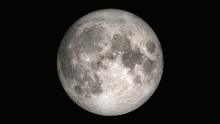






















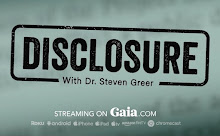








































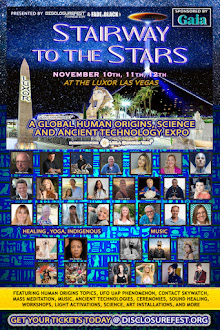









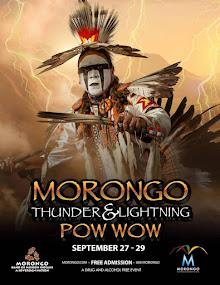
















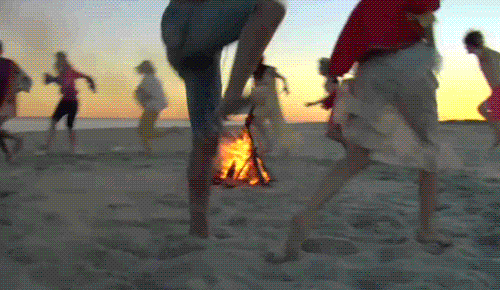





























































































































No comments:
Post a Comment